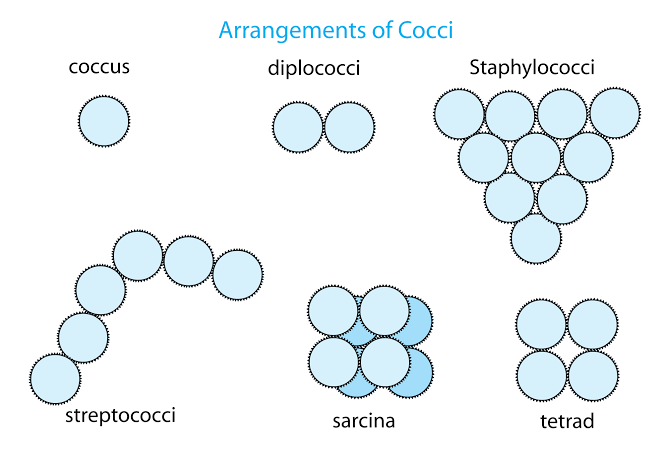

studied the behavior of a previously unknown gene that codes for a protein named CofA. to identify which genes are involved in polar growth. Further analysis revealed that genes which have a similar role, or work together in the same pathway, exhibit similar characteristics when mutated. The bacteria were exposed to various stressful conditions or antibiotics, and a phenotypic profile was generated for each mutant based on how they responded. studied a library of 200,000 mutants of Corynebacterium glutamicum (a member of the Actinobacteria phylum) in which each strain is mutated for a specific gene or pathway. To identify the components involved in polar growth, Sher et al. Now, in eLife, Joel Sher, Hoong Chuin Lim and Thomas Bernhardt from Harvard Medical School report how a newly discovered cofactor localizes a peptidoglycan synthase enzyme to the poles of bacterial cells ( Sher et al., 2020).

However, many aspects of polar growth, including the composition of the enzyme complexes and the cofactors involved, are still unknown. It has been suggested that scaffold proteins and intermediate filaments target the machinery that synthesizes peptidoglycans to the cell poles, in order to restrict growth to this region ( Letek et al., 2008 Fiuza et al., 2010). For example, bacteria belonging to the Actinobacteria phylum – which includes the pathogens that cause tuberculosis, leprosy, and diphtheria – grow by adding new material to the ends (or poles) of the cell ( Kieser and Rubin, 2014 Cameron et al., 2015). But not all rod-shaped bacteria grow this way. The process of cell wall growth has been widely studied in rod-shaped bacteria such as Escherichia coli and Bacillus subtilis, which grow by adding new material to the long sidewalls of the cell rather than to the ends ( Daniel and Errington, 2003). As bacteria grow, nascent peptidoglycans and other materials are inserted into the cell wall in a complicated process involving multiprotein complexes that contain various enzymes ( Höltje, 1998 Pazos et al., 2017). The cell wall of bacteria contains a net-like structure called peptidoglycan, and it is thought that this structure maintains the shape of the cell ( Egan et al., 2017). The mechanisms that bacteria use to generate and maintain these diverse shapes as they grow is an area of active research ( Kysela et al., 2016). Bacteria come in a variety of shapes and sizes – some are round, some are spiral and some are rod-shaped.


 0 kommentar(er)
0 kommentar(er)
